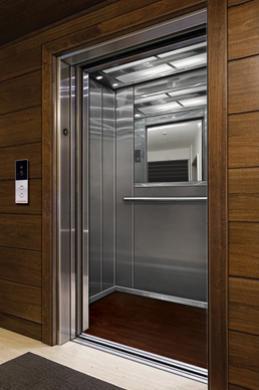Why We Need More Green Elevators

Sustainability is a buzzword that doesn't seem to be going anywhere, and for good reason. Green buildings, green cars, green processes - the world is going green. So why shouldn't elevators follow suit?
Do Green Elevators Really Work?
It's fair to acknowledge that elevators consume only a small fraction of the total electricity that a building uses on a daily basis. But this doesn't mean that they should be neglected. A perfectly green building, which, to be honest, means that it is a building that sets itself apart from the rest in this day and age, is one that is green in every aspect.
So in the use of materials to build the elevator, in the design of the elevator, and, of course, in the power efficiency, it is important to adopt sustainability.
Elevators Are People-Facing Structures
Every entrant to the building may not visit every corner of floor, but you can bet that most of them will use the elevator. This means that the elevator contributes in a large way to the building's user experience.
So when a user sees that the builder has invested in a traction elevator, which consumed 75% less power than a regular elevator, and does not use the oil and other toxic materials that hydraulic elevators do, or when they notice that the elevators interior lights go on standby when there's nobody in it, they leave with a good opinion of the building.
It's always best to incorporate these features into a building plan before it's fully built. Before your blueprints are set in stone, do an early analysis of them to see which energy optimisation structures you can include, instead of having to retrofit your building with these features later. To ensure that your building has some of these cutting edge sustainability features, reach out to elevator experts with knowledge in lifting us to a greener tomorrow, one elevator at a time.
